The legacy of “Twilight Zone: The Movie” (1983) is a peculiar and haunted one.
Here is a prototypical ’80s summer movie, with state-of-the-art special effects, MTV-ready editing and glossy production values, at the service of updating a rich source of nostalgia (in fact, that could a description for any 2023 summer movie as well).
In this case, the source is Rod Serling’s “The Twilight Zone” (1959-1964), arguably the greatest of all 20th-century television (an argument I’m happy to make) and ideal material for adaptation at the end of the 20th century.

The gimmick of “Twilight Zone: The Movie” isn’t that it’s (mostly) a retelling of classic source material but in the presentation itself: the four biggest name directors at the time all collaborated, each taking on an episode, making this a lavish horror/fantasy anthology.
With John Landis, Steven Spielberg, Joe Dante and George Miller at the helm and Spielberg producing, it looked like a can’t-miss blockbuster.
All goodwill towards the project ended July 23, 1982, when an on-set helicopter crash ended the lives of Vic Morrow, Rene Chen and Myca Den Leh, all actors in Landis’ segment. The circumstances of the incident, the trial that followed and the outcome remain a source of controversy and outrage.
The sequence being filmed involved Morrow’s character in a moment of redemption, saving two children from an exploding hut and a helicopter firing above him while he carried two children across a shallow lake. Timed f/x explosions from the hut hit the helicopter’s rudder, causing the helicopter to crash down on the three actors, killing them instantly.
The main question raised from the tragedy was whether Landis, as the film’s director, was responsible for the incident, as sources report that he ordered the explosions in question to be larger than originally planned.
An issue that cuts past the argumentative is that Landis and crew members paid the families of the two children under the table, as the kids weren’t supposed to be on a set that late. So many things about the accident still don’t add up.
Rather than act as an armchair attorney, I recommend the books “Special Effects” (1988) by Ron LeBrecque and “Fly By Night” (2022) by Steve Chain.

As for the film itself, it’s difficult to forget the tragedy while watching the first vignette, though the film itself is worth seeing, even if one can’t overlook the horrible legacy that looms over the film to this day.
“Twilight Zone: The Movie” starts with a prolog, in which two men (Dan Aykroyd and Albert Brooks) are taking a road trip through a mountainous countryside with no streetlights, just the vast darkness and one another for company. A conversation about pop culture leads to one of them asking if, during this uneasy time of driving with one another into an uncertain landscape, “you want to see something really scary?”
I love the opening, which begins without any establishing credits and goes on for so long, audiences coming in late likely wondered if they were in the right theater.
We don’t know if these men knew one another previously (Work colleagues? College buddies?) or if Aykroyd is playing a hitchhiker Brooks just picked up. We never find out and the film is on the move from the very start.
Aykroyd, in the first of two major, early 1980s adaptations of milestone TV shows (the other being the 1987 “Dragnet”) is perfectly matched with Brooks and both are in their element. The back and forth between the two as they drive into the vast dark of night brings to mind the establishing scenes of Landis’ “An American Werewolf in London” (1981).
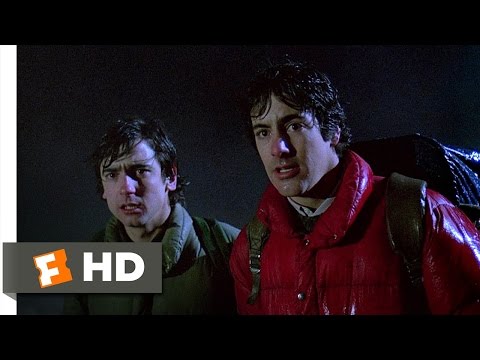
The classic “Time Enough At Last” and “The After Hours” episodes are referenced and, fascinatingly, the film announces itself as taking place in a world where “The Twilight Zone” is a television series (Nora Ephron’s 2005 “Bewitched” is one of the few other TV-to-film adaptations to attempt this sort of meta commentary).
A perfect prologue gives way to Burgess Meredith’s narration (in for Serling) and a cool, full-color redux of the eerie TV introduction.
The first vignette is “Time Out,” the Landis written/ directed segment, starring Morrow as a bigot whose time bounce through Nazi-occupied Germany and other places where ignorance and racist violence create havoc and social disease.
“Time Out” will likely work best for those unfamiliar with the horrific tragedy that surrounds it. Otherwise, you watch with a feeling of dread that has little to do with the story. Morrow is excellent but the material is ugly.
Bill screaming at the bar, “I’m an American, doesn’t that mean anything anymore,” is poignant, though the character is defined as being so repulsive that he sounds like Michael Douglas’ “D-Fens” from “Falling Down” (1993). Landis is depicting material that is provocative (I love the intercutting between past and present – note the neon that appears in a corner as Bill is being pursued) but heavy handed.
Whether viewed as is or imagined as it was originally intentioned, would this episode really have provided someone with a catharsis or realization of how wrong they are?
We watch how time is fragile and bleeds from one era to another, as does bigotry (note the unexpected John Larroquete cameo!). Morrow slowly rises out of the lake in the Vietnam sequence (an odd time to visually reference “Apocalypse Now”!) and there’s also a weird verbal reference to “National Lampoon’s Animal House” (1978).
Had the awful tragedy that still haunts this film not occurred, would “Time Out” have actually worked or, as I suspect, would it have been equated with “The Day the Clown Cried” for being well intentioned and woefully wrong-headed in trying to blend pathos with the horrors of history.

In the second vignette, Steven Spielberg’s “Kick the Can,” Scatman Crothers is playing an ’80s variation on Uncle Remus, as his Mr. Bloom comes to a retirement home to share a little bit of his “magic.”
Reportedly, Spielberg made this as a compromise, as he was no longer comfortable, post-helicopter accident, with remaking the coal-black original episode “The Monsters are Due on Maple Street” and did this instead.
The feel of this pre-“Cocoon” and pre-“Hook” bit of sugary schmaltz is of being doused with sticky syrup. Unlike every film Spielberg had made at this point, the look of it is stagey, not cinematic and the timing is clumsy.
The cinematography is bathed in what was already being referred to in the ’80s as the “Spielbergian glow.” There’s no awe but lots of cutesy reaction shots.
Crothers looks directly into the camera at one point and addresses us, as if Spielberg didn’t think this was precious enough. The kids are adorable but they’re unconvincing playing “old” and can’t make the creepier lines sound cute (like when one warns, “Agee, get away from my wife!”).
Mr. Bloom insists that “The day we stop playing is the day we start getting old”- surely Spielberg believed that too, though, tellingly, the grim “Indiana Jones and the Temple of Doom” (1984) and “grown up” works like “The Color Purple” and “Empire of the Sun” (1987) followed.
Jerry Goldsmith’s otherwise masterful score missteps during this segment, dolloping on the sugar as heavily as Spielberg and sounding like a parody of a John Williams suite.
The best part of “Kick the Can” is hearing Crothers knock a stick against a white picket fence and improvise a song as he walks away.
What Mr. Bloom is peddling, the encouragement of “fresh young minds” within their elderly bodies, isn’t all that radical. Wouldn’t it be better if Mr. Agee had allowed them to remain young, rather than transform them back to their old selves after a few knee jerk reactions?
Mr. Bloom’s “gift” is actually cruel, and so is this segment’s views on old people in general. At least “Cocoon” explored the pros and cons of this concept, whereas this is saying that, while you get a view of your lost youth, death is still around the corner.
Some fantasy.
Once we fade away from the Rockwellian retirement home roof and onto the sight of Kathleen Quinlan driving on the highway, the whole film suddenly connects. The caustic gloom of Landis’ segment and the force fed, high fructose corn syrup of Spielberg’s wretched vignette give way to the third episode, Joe Dante’s masterful, wildly stylish rendering of “It’s a Good Life.”
Quinlan’s Helen Foley stops at a diner for directions from the owner (Dick Miller, in a great cameo, playing a lot of notes in just a few minutes of screen time). It’s a pleasure to hear Quinlan namedrop towns from vintage “Twilight Zone” episodes, as the meta touches introduced from the prolog creep back in.
Foley meets the seemingly sweet Anthony (Jeremy Licht, pitch-perfect), who is having a rotten birthday on his own and needs a ride back to his house. Foley kindly gives him a lift (the diner where they meet is called “Sandwiches and Seafood,” but never mind).
Dante’s unsettling, wild black comedy works as a parody of a family unit and is even more disturbing than the original episode. It plays like a satire of a broken family struggling to keep appearances of normalcy.
In Dante’s hands, domestic turmoil literally resembles a cartoon.
The art direction is full of old TV sets showing vintage cartoons. The “Heckyl and Jeckyl” clips are especially helpful at illustrating the logic and rules within the house. The stylish lighting and surreal sets create an unease, like a Norman Rockwell nightmare.
Kevin McCarthy, in particular, exudes an intensity in his performance (note how his line, “She never knows!” is both jokey and desperate) that haunted me. The actors had me thinking, how long have these characters been here? Yeardley Smith (the voice of Bart Simpson) also registers vividly as the doomed Ethel.
A shot that has always bothered me in the right ways is when Helen leaves with Anthony to see his room and Anthony’s family make a desperate, ferocious search through her purse – had they been starving up until that point?
RELATED: DEFENDING ‘NOTHING BUT TROUBLE’ (REALLY!)
Goldsmith’s score for this episode resembles his work on “Psycho II” (also 1983), another film about a painful family secret hidden within an old house.
After things get really insane, the segment climaxes with a beautiful use of double exposure, illustrating how Anthony and Helen agree to work together – a metaphor for the teacher/ pupil relationship.
Helen tells him, “I’d like to be your teacher, Anthony, and your student.” As it comes to a close, we ponder whether we’re witnessing the beginning of great possibilities or is Helen simply doomed like the other adults?
The notion of a teacher being forced to be a guide for a little monster is a cynical reflection on both parenthood and teaching in general.
Finally, we arrive at the last vignette, George Miller’s “Nightmare at 20,000 Feet,” both a notable tour de force for Miller and his star, John Lithgow.
Carol Serling has a quick cameo as a passenger who asks if Valentine is okay while locked in the restroom (at this point, Carol Serling was a driving force for the wonderful Twilight Zone Magazine).
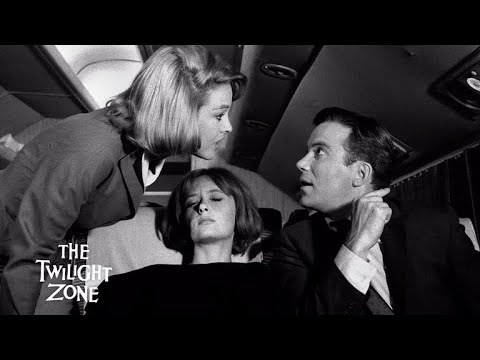
Lithgow is remarkable in this (and, as “30 Rock from the Sun” fans are quick to remind me, he has revisited this, along with William Shatner, in an amusing episode). Lithgow makes Valentine’s intense fear relatable. The colorful supporting cast is full of great character work, like Donna Dixon and Abbe Lane as the flight attendants who struggle to control Valentine.
Richard Donner’s 1963 original episode is subtler and sillier, while Miller gives this the energy of “Poltergeist” on a plane. The great close ups (that long shot on Lithgow that leads to the window reveal on Lithgow is a killer) and moving camera are as skillful as Miller’s work on “Mad Max,” as he aims to make a quaint black and white episode aggressively scary.
The creature design is awesome, as it’s initially hard to even see what it is, until what it winds up being is both dread inducing and really funny.
Miller’s episode is so brilliantly produced, the interior scenes within the plane and the reverse shots of the fierce wind outside as we look inward are persuasive. The sound f/x alone is Oscar-worthy and, a touch I loved, the gremlin outside isn’t a force of nature like the shark in “Jaws” but a genuinely mischievous jerk.
What we learn about the traumatic events of the flight is that, like everything else here, none of the supernatural events can be interpreted as delusion but literal. That limits the psychological potential Serling brought to many episodes, though “Nightmare at 20,000 Feet,” in particular, wouldn’t be as satisfying without that final visual punchline.
The segment, and the movie overall, wraps up with a jokey, full-circle nod to the very beginning, as we see how far a certain character gets around on the highway (if there’s a cautionary moral to the film as a whole, it’s don’t ever get in a moving vehicle with Aykroyd).
Reportedly, there used to be a draft of the screenplay where Aykroyd picked up Morrow and the film originally wrapped with “Time Out” as the final story.

“Twilight Zone – The Movie” presents four different tonal and filmmaking approaches for each episode: pessimistic/observant (“Time Out”), sentimental/romanticized (“Kick the Can”), defeatist/abstract (“It’s a Good Life”) and operatic/frenetic (“Nightmare at 20,000 Feet”).
The film works as the definition of an uneven project. Unless you’re forgiving of the unsteady Landis and Spielberg segments, the film doesn’t truly take off until we get to the sure-handed Dante and Miller episodes.
The awful helicopter tragedy not only resulted in the surprising decision to still release the film but for the radical restructuring of the movie overall. Spielberg’s attempt to lighten the movie with his segment is the biggest tonal misstep.
The result overall leaves us with a what-if: had the film worked and arrived without the dark cloud of tragedy, would it have resulted in further installments and a unique commercial franchise?
Possibly, though the “Twilight Zone” legacy carried on through the Carol Serling-approved Twilight Zone Magazine (1981-1989), varying books and comic book adaptations and the three TV renewals (1985-1989, 2002 and 2019-2020).
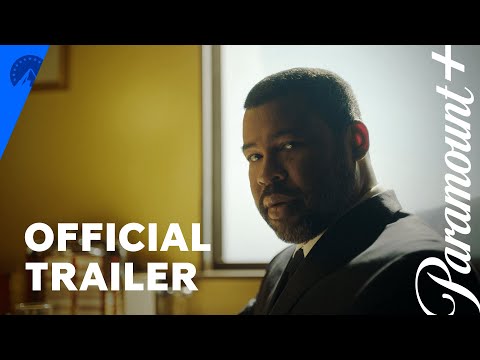
I would have liked to have seen subsequent “Twilight Zone” movies, especially with the concept of top-name directors at the helm. Just imagine what an anthology movie directed by Christopher Nolan, M. Night Shyamalan, Mike Flanagan and Jordan Peele would be like?
If nothing else, “Twilight Zone – The Movie” inevitably leaves us with the rotten memory of the accident that occurred during its filming. What lesson can be derived from this awful occurrence? No need to turn to Serling but Spielberg himself and his brief statement on the incident:
“No film is worth dying for.”
“Twilight Zone: The Movie” remains a haunted work, flawed and compromised by the tragedy and other creative issues. Despite how the film is usually referenced as a somber cinematic footnote, there is brilliance here, particularly during the prologue and the final two episodes. Watching this without Landis’ “Time Out” and Spielberg’s “Kick the Can” is preferable.
Hopefully, one day a filmmaker will revisit the chance to make another, better film based on Serling’s magnificent television series. Let’s hope that, at some point, the signpost ahead will once again declare, “Next Stop, The Twilight Zone.”
The post Why ‘Twilight Zone: The Movie’ Is Less than the Sum of Its Parts appeared first on Hollywood in Toto.
from Movies - Hollywood in Toto https://ift.tt/M0AuwHP

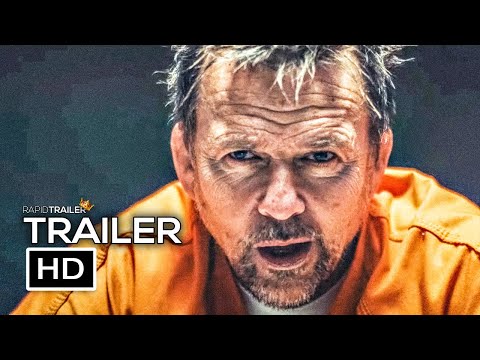
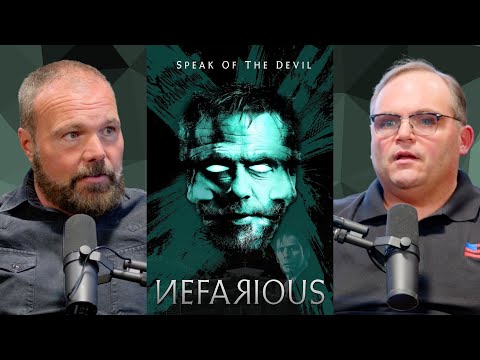


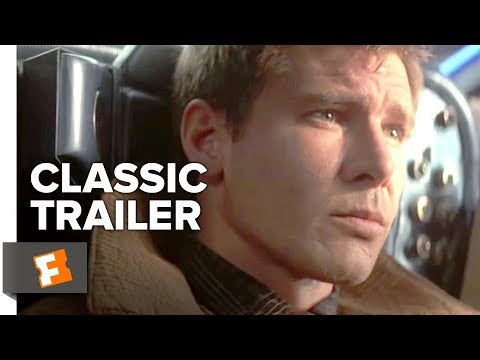
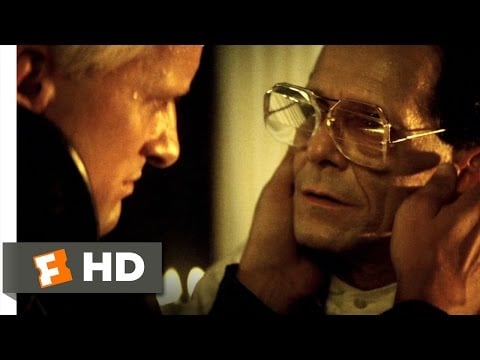
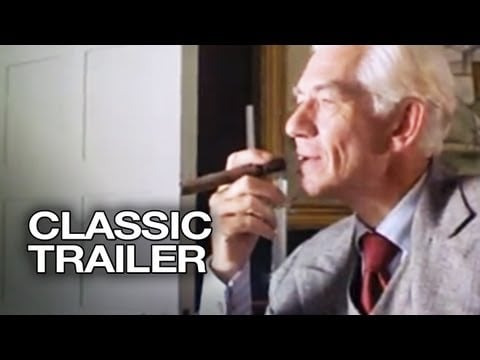
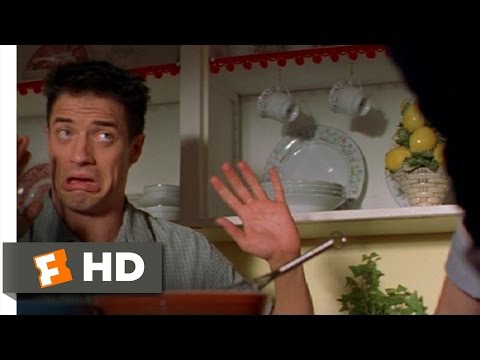
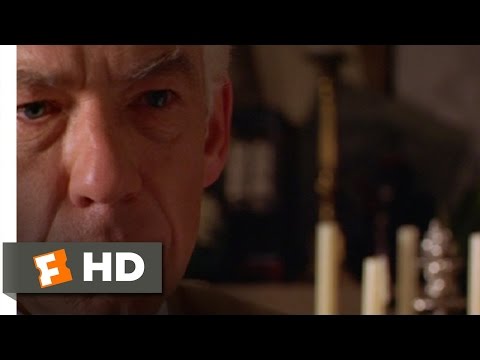




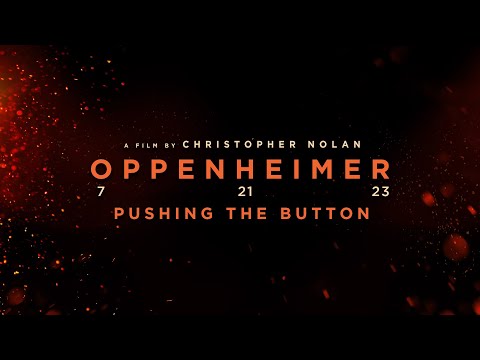





 (@VicsMovieDen)
(@VicsMovieDen) 



